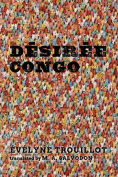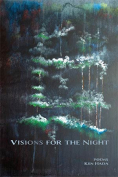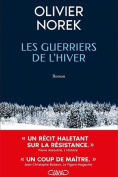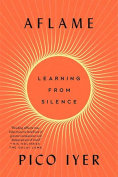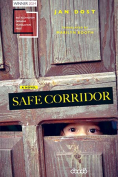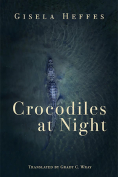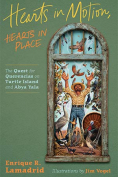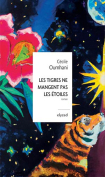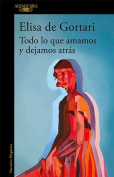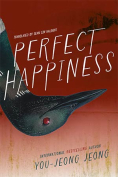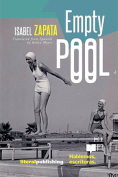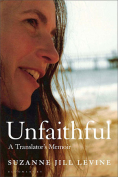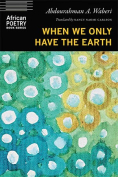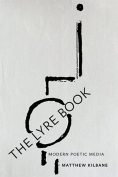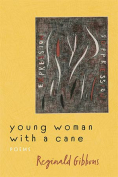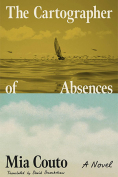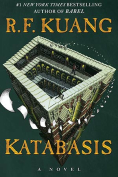Aflame: Learning from Silence by Pico Iyer
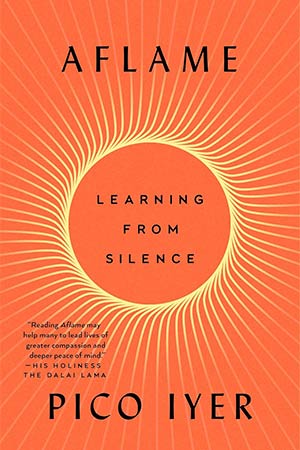
New York. Riverhead Books. 2025. 240 pages.
The travel writer Pico Iyer broaches the paradox of learning from silence even while traveling. In Aflame: Learning from Silence, Iyer’s intermittent retreat to a Big Sur monastery for three long decades prompts reflections on silent sobriety, lit with flashes of epiphany. Within the constant movement, intentional vestiges of motionlessness pare away the clutter of distinctions, and light radiates from the palpable darkness.
This shrouding darkness is evident in the California forest fires, which do more than just ravage flora and fauna: the flames engulf the nearby monasteries. A swarming presence, fire sunders boundaries. The monks, too, are in constant motion to satellite hermitages. But their motion barely puts up boundaries between the munificence and recklessness of nature.
Iyer, a temporary resident at Big Sur, has witnessed his home go up in flames, leaving nothing but a glaring silence in its wake. Under such dire circumstances, he cannot lay claim to the materiality of space solely; he opens himself to the transcendence of temporal moments. This introduces him, on a positive note, to the Zen practice of “not dwelling.” He returns to a state of nondistinctions, obtaining a “dual citizenship. Between the stars and the stones.”
In fact, Iyer, too, wrestles with personal storms of losing his home, but the yearning to re-create a home never weighs heavily on his chest. In an interview with Caryl Phillips in Granta, Iyer says: “I realized home would have to be a piece of soul, as it were, more than a piece of soil.” Retreating to Big Sur, as a choice that Iyer makes, allows him to transcend the calcification of hope in a home. Hope, then, undergoes reevaluation: “Like love, sometimes, hope is a choice. [It] is a leap beyond all evidence.”
The spirituality of the memoir, instead of crossing the margins of expectation and fulfillment, prompts our curiosity about a probable resolution, which the travelogue withholds. Monks maintain equanimity, believing that the fiery mayhem sheds the old, giving birth to something new. On a subjective note, the monks vent to Iyer their frustrations about initiation into the spiritual path. One of them contends their journey is like A Passage to India, in which nature unravels the fraught relationships of East and West; Forster echoes the disbanding: “‘No, not yet,’ and the sky said, ‘No, not there.’” Set in stark contrast, this travelogue attempts to disarm the margins of faith and absoluteness.
In the first section, “Into the Silence,” a halo of silence dwells in the arrival and departure; the traveler pauses, satiated in “surrender.” Without having to labor, the reader wanders, along with the author, “Into the World” of responsibilities in section 2. When Iyer peers “Into His Heart” in the third section, apprehensions of all adversities coalesce in silence. A veritable affirmation emerges from contemplating the vast “Boiler Room” of section 4. As readers, we seem to be pulled magnetically into the nothingness that silence facilitates. The last section lifts the curtain of mystery over the art of revisiting paradise in the throes of time.
All five sections of the travelogue blend seamlessly, each one a choice that the monks, the author, and the reader make to alight on earth. Tempted by the prospect of unburdening the self, like Thoreau, Iyer toys with the idea of taking up residence in the Zen community in the embrace of nature. Yet to be consumed by excessive renunciation is to wean away from the obligations to which all of us are bound. “Anyone can sit in a Zendo,” observes one monk. “The trick is to sit in the world.”
Iyer never pledges allegiance to one faith, searching instead for the essence of spirituality from the quietness of his hermitage cell. He views the “rough, red earth and squirrels scurrying across the path” as “the real scripture, inscribed in all that moves.” Despite the mounting world of external work that pulls him toward worldly obligations, all that flames the peace within him is the “ocean and sunlight and gold” of California.
One is likely to be frustrated when searching for such aesthetic destinations. In fact, saying goodbye to worldly cares is not an alternative either. Each time Iyer retreats to his cell seeking clarity, the memoir takes us through the travails of the act of letting go. It is aflame, unburdening humanity of the constancy of all sentiments that flicker in a man’s sense of self.
Rachita Swain
Ravenshaw University
